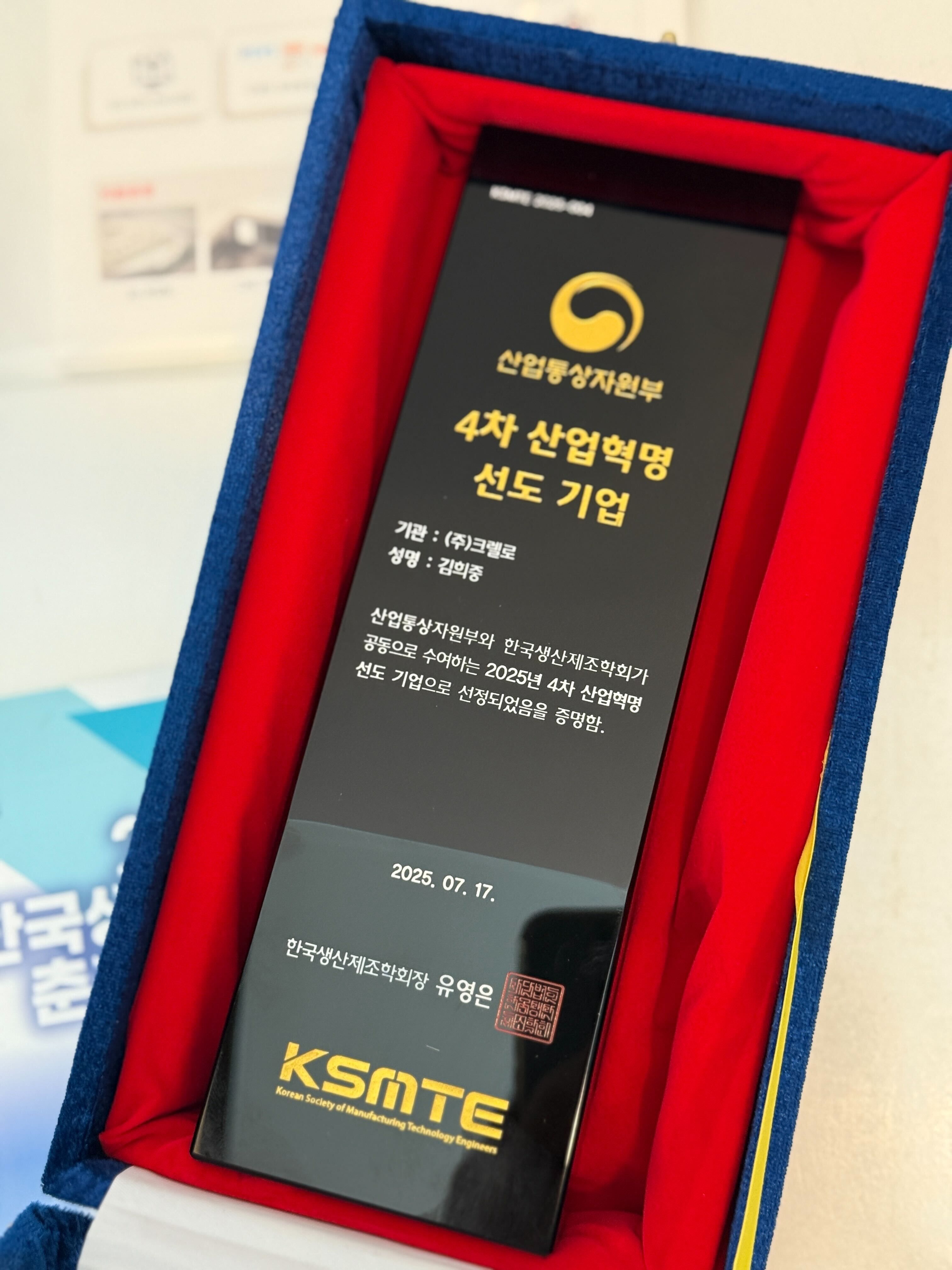CNC Machining: Features, Pros & Cons, and How to Choose the Right Manufacturer
AUTHOR: Creallo Marketing Team|2025.07.26
What is CNC Machining?
CNC stands for Computerized Numerical Control. As digital technology has advanced, the manufacturing industry has increasingly adopted it to improve efficiency. One such application is CNC machining, where the material processing work is automated. Machines equipped with CNC technology are called CNC machine tools, which enable high-volume production of components with consistent quality—playing a crucial role in Korea’s industrial parts manufacturing sector.

Understanding CNC Technology
CNC technology refers to the automation of machine tools via computers. In the past, machine tools were manually operated, making it difficult to process complex shapes consistently. However, with CNC, machine movements are controlled through pre-programmed instructions, enabling the efficient and safe production of high-quality components.
Applications of CNC Machine Tools
CNC machines are widely used for processing metals, plastics, wood, and other materials to manufacture parts or molds across various industries. They allow for efficient and precise machining of complex surfaces and 3D shapes, which were previously difficult to achieve with manual equipment.

Advantages of CNC Machining
Reduced Processing Time
CNC machining is much faster than manual processing. Since operations are automated via programmed commands, unnecessary movements are minimized, and the entire workflow is optimized.
High Precision and Consistency
Modern CNC machines can achieve tolerances in the range of ±0.05 to 0.10 mm. This makes it possible to produce thousands of components with consistent precision, making CNC machining ideal for high-accuracy applications.
Complex Geometry Capabilities
CNC machining technologies—such as 3-axis and 5-axis machining—enable the creation of intricate 3D shapes and freeform surfaces, which are often required in complex product designs.
Flexibility in Materials and Design Changes
CNC machining supports a wide range of materials, including metals (e.g., aluminum, stainless steel), plastics (e.g., POM, ABS), and even wood. Design changes can also be accommodated easily by updating the program data, allowing for agile re-machining.

Disadvantages of CNC Machining
Complex Preparation
CNC machining requires extensive pre-setup such as programming, equipment setup, and test runs. Unlike manual work, it’s less intuitive and may take time to complete the initial setup.
Size and Shape Limitations
Not all parts are suitable for CNC machining. Components exceeding the machine’s capacity or requiring undercuts or multi-surface processing may need a 5-axis CNC machine rather than a standard 3-axis one.
Potential for Human Error
Errors in the design file or incorrect machine settings by the operator can significantly impact the final product, leading to wasted time and added cost.

Why Outsourcing CNC Machining Is Efficient
Operating your own CNC machinery requires heavy investment in high-end equipment and skilled personnel. Many companies choose to outsource CNC machining to experienced professionals for cost-effective and reliable production.
How to Choose the Right CNC Machining Partner
Expertise and Portfolio
Check if the provider has proven experience and a strong track record in CNC machining projects.
Flexibility and Responsiveness
Evaluate whether the company can accommodate design changes, urgent orders, or large-scale production needs.
Cost and Quality Assurance
Consider not only pricing but also quality certifications such as ISO to ensure a high standard of production.
Creallo’s CNC Manufacturing Services
Creallo offers AI-powered 3D design analysis and automatic quoting tools. Simply upload your CAD files to receive the most suitable CNC machining solution and instant quotes.
With direct-run factories in Korea and a vetted global production network, Creallo provides fast, reliable, and high-quality CNC machining services—eliminating the hassle of vendor scouting and minimizing costly mistakes.
Explore More:
CNC Machining Processes: Milling, Turning, 5-Axis Machining >>
Supported Materials for CNC Machining >>
View Creallo’s CNC Portfolio >>




